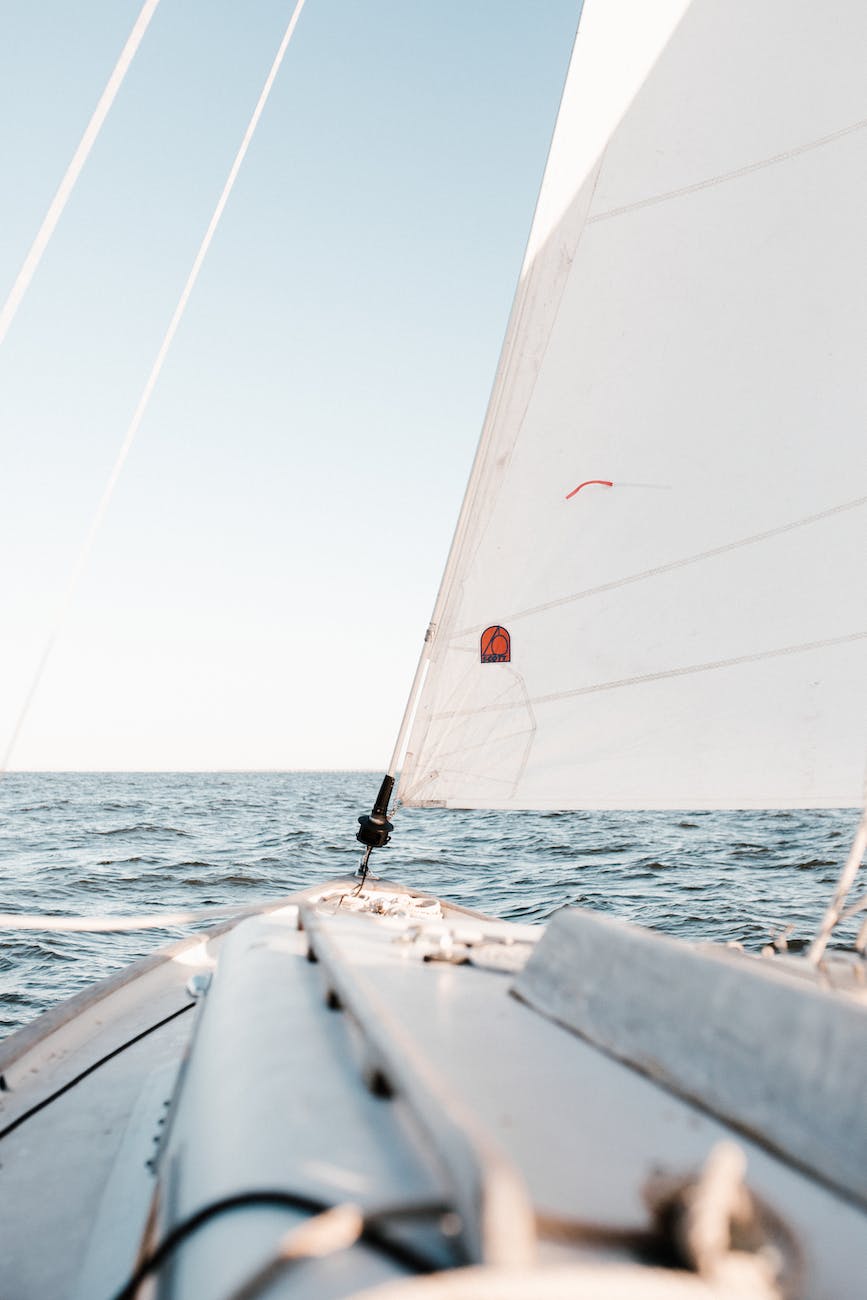
Maritime Safety
Maritime Safety : In today’s fast-paced world, maritime safety is of paramount importance. Whether it’s cargo shipping, cruise vacations, or fishing expeditions, the vast oceans pose numerous challenges and risks. This article delves into the intricacies of maritime safety, exploring the key factors, regulations, and technologies that contribute to safer journeys on the high seas.
Introduction
The world’s oceans cover more than 70% of the Earth’s surface, serving as essential highways for global trade and travel. However, these vast waterways also present inherent risks and challenges. Ensuring maritime safety is not only a legal obligation but also a moral one to protect lives, the environment, and economic interests.
The Significance of Maritime Safety
Maritime safety goes beyond preventing accidents; it encompasses safeguarding the marine environment and ensuring the well-being of seafarers. Accidents at sea can result in oil spills, ecological damage, and loss of human lives. This highlights the need for comprehensive safety measures.
International Maritime Regulations
To establish a uniform standard for maritime safety worldwide, international bodies like the International Maritime Organization (IMO) have developed a framework of regulations. These include the Safety of Life at Sea (SOLAS) Convention, which sets out safety standards for ships, equipment, and navigation.
Vessel Design and Safety Measures
Modern vessels are equipped with state-of-the-art safety features. Ship design prioritizes stability and buoyancy, while advanced firefighting systems, lifeboats, and evacuation plans ensure swift responses to emergencies.
Navigational Aids and Technologies
Navigation in the open sea is a complex task. GPS, radar, and sonar systems provide accurate positioning and obstacle detection. Electronic charts and weather data help captains make informed decisions.
Crew Training and Emergency Preparedness
A well-trained crew is the backbone of maritime safety. Training programs cover fire drills, man-overboard procedures, and medical emergencies, ensuring that seafarers are prepared for any situation.
Weather Forecasting and Monitoring
Weather can change rapidly at sea, posing risks to vessels. Advanced forecasting tools and satellite technology enable mariners to stay ahead of storms, making navigation safer.
Environmental Concerns
Protecting the marine environment is crucial. Regulations like the MARPOL Convention aim to reduce pollution from ships, preventing oil spills and minimizing the impact on aquatic ecosystems.
Incident Response and Search and Rescue
In emergencies, swift response is critical. Coast guards and search and rescue teams are equipped with advanced equipment and well-coordinated protocols to save lives.
The Role of Classification Societies
Classification societies play a vital role in certifying vessel safety and adherence to regulations. They inspect and classify ships based on construction, equipment, and maintenance standards.
Emerging Trends in Maritime Safety
Technological advancements continue to shape maritime safety. Drones, autonomous vessels, and predictive analytics promise to enhance safety measures further.
Case Studies: Lessons Learned
Examining past maritime incidents provides valuable insights. Learning from accidents like the Exxon Valdez oil spill helps prevent similar occurrences.
Challenges and Future Outlook
Challenges such as piracy, climate change, and human error persist. The future of maritime safety relies on ongoing innovation, international cooperation, and adaptability.
Conclusion
Maritime safety is not just a matter of rules and regulations; it’s a shared responsibility. As we navigate the waters of progress, let us remain committed to preserving our oceans, protecting lives, and ensuring safe and sustainable maritime operations.
FAQs
- What is the SOLAS Convention?
- The SOLAS Convention is an international treaty that sets safety standards for ships, equipment, and navigation to ensure maritime safety.
- How do drones contribute to maritime safety?
- Drones are used for surveillance, monitoring, and search and rescue operations, enhancing maritime safety and response capabilities.
- What is the role of classification societies in maritime safety?
- Classification societies certify ships for safety and compliance with regulations, ensuring they meet specified standards.
- How can climate change affect maritime safety?
- Climate change can lead to more extreme weather events, affecting ship navigation and posing additional challenges for maritime safety.
- Why is crew training essential for maritime safety?
- Crew training ensures that seafarers are well-prepared to handle emergencies and respond effectively to safety threats.
In conclusion, maritime safety is an ever-evolving field where technology, regulations, and human expertise come together to safeguard lives, the environment, and global commerce. As we embrace the future, the commitment to enhancing maritime safety remains unwavering
























